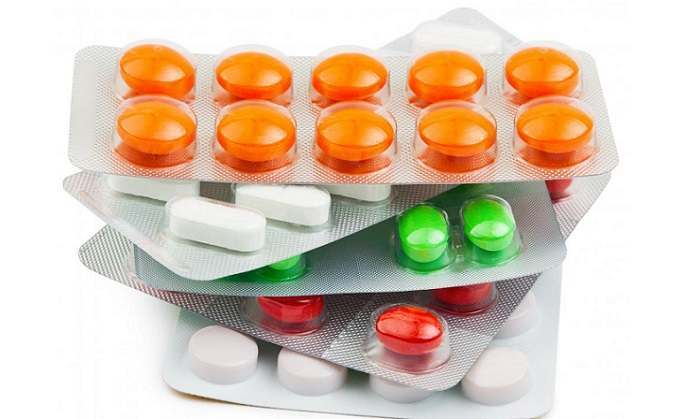


Your doctor may also give you a prescription dose. Nonsteroidal anti-inflammatory drugs (NSAIDS) – Several-like Advil®, Aleve® and Motrin®-are available in over-the-counter dosing.Standard medicines prescribed for pain and inflammation for gout are: If experiencing stomach upset when taking medications, your doctor, or a practice nurse, will guide you on taking your medication with food or switching to another medication. It is important to take medications as prescribed to eliminate the inflammation. By mouth, they are typically taken while the gout flare lasts. There are several options given to get the pain under control.

To alleviate this hypersensitivity, doctors will start a patient on a low dose with a step-up plan to the optimal medication dose. At-risk patient populations (Han Chinese, Southeast Asians, and Koreans with kidney disease) can be screened for a genetic marker (HLA-B5801) that can predict this reaction. Though only 1 in 1,000 patient cases, there is a more severe hypersensitivity reaction to allopurinol, with fever or rash that can cover the body and deterioration of liver and kidney function. It’s important that if they persist or there are questions, call a doctor. For febuxostat, some minor side effects are: changes in appetite, constipation or diarrhea, nausea, hot flush to face or skin, stomach upset or pain. Some general potential side effects of allopurinol are: changes in taste, diarrhea, indigestion and stomach pain or cramps. It can be taken by people with mild to moderate kidney or liver disease. This medication is taken orally and decreases the body’s production of uric acid. Febuxostat – This is another urate-lowering therapy that can be prescribed under the brand name Uloric®.When started on this drug, your doctor will likely gradually increase the dosage to a standard prescription dose. This medicine is also known by brand names Lopurin® and Zyloprim®. Allopurinol – This is an oral prescription that helps lower serum uric acid levels.


 0 kommentar(er)
0 kommentar(er)
